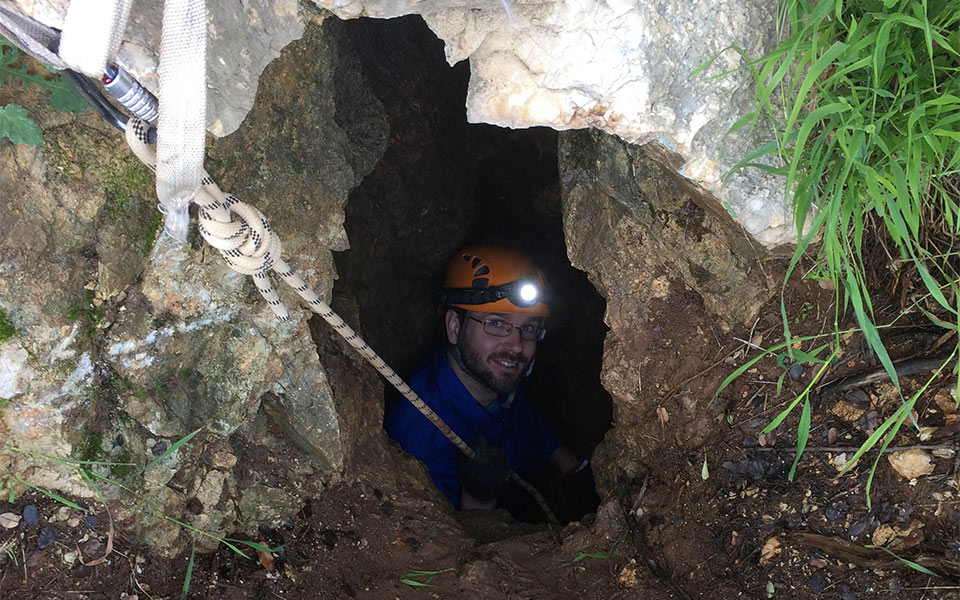An extended drought that followed the destruction of Nestor’s Palace in Pylos is likely to have brought an end to the Mycenaean civilization in the western Peloponnese. That conclusion was reached following analysis of a stalactite from a cave in the area that provided a clear picture about the climactic conditions in the eastern Mediterranean in the Late Bronze Age.
The study was conducted by researchers Martin Finne and Karin Holmgren of the Navarino Environmental Observatory in collaboration with archaeologist Shari Stocker. The Navarino Environmental Observatory is the product of a collaboration between the Stockholm University, the Academy of Athens and TEMES S.A., the company behind the Costa Navarino resort.
The researchers drew their conclusions from an analysis of a stalactite from a cave on the islet of Schiza, which is located near the Peloponnesian coast. By studying the layers of the stalactite, the team was able to establish the climactic conditions that existed in the the region from around 1200 to 1180 BC with a high degree of precision.

© Navarino Environmental Observatory
The question was to establish the climactic conditions that existed during the period when the palace was destroyed, as the predominant theory is that this destruction was triggered in large part by a preceding period of drought. The new research adds complexity to that theory. While the researchers discovered that about 20-80 years before the destruction of the palace there was indeed a dry period, this lasted no longer than 20 years.
However a much more profound period of drought – one that lasted about a century – occurred after the palace’s destruction. “Evidently the centralized administrative system controlled by the Palace could survive such a relatively short-term dry period and remain in control. Some fifty years later, however, when the pronounced period of aridity started to develop, the system would crumble,” the researchers write in their paper presenting their results.
“The period of drought around 3200 years [ago] could have contributed to the destabilization of the political and economic order. Increased aridity could have led to reduced agricultural output affecting the finely tuned economic system of a society that was close to, or already, over-extended, rattling the very foundations of the fragile palatial economy”
The researchers argue that the long period of drought following the palace’s destruction led to the end of the “Mycenaean way of life in Pylos,” as agricultural surpluses were eliminated thus making it difficult “for social elites to re-form and for the palatial system to be re-established.”
While they note that the collapse of the Mycenaean civilization cannot be attributed to one single factor, the researchers conclude that climate change was certainly a “critical component”.












